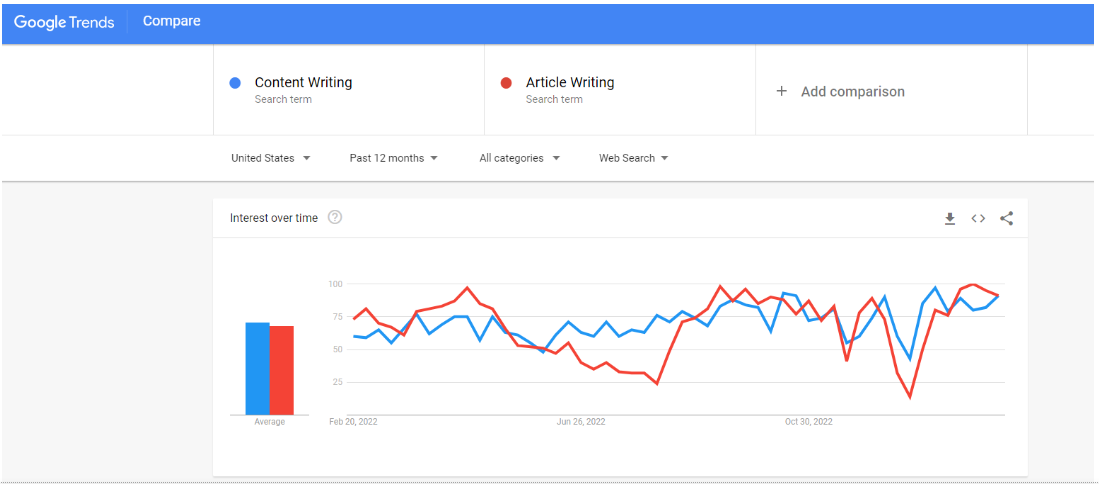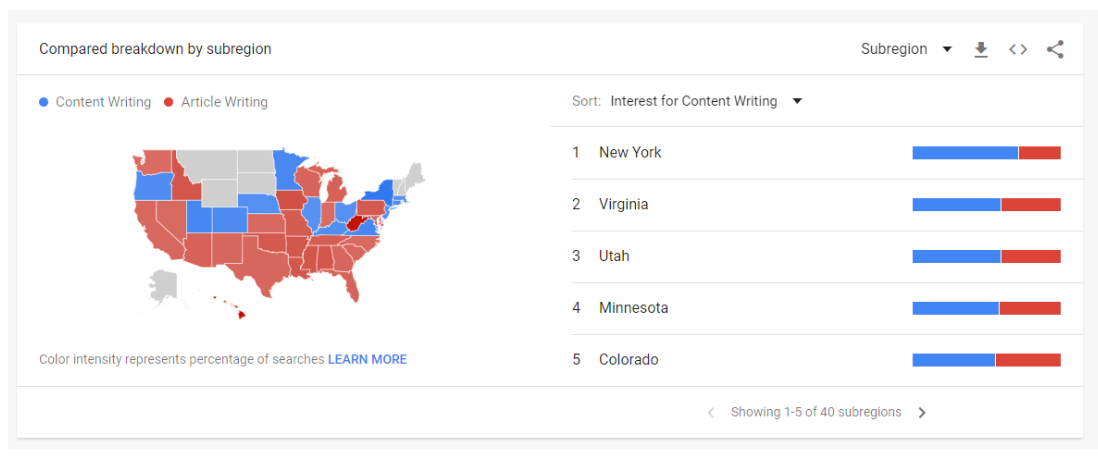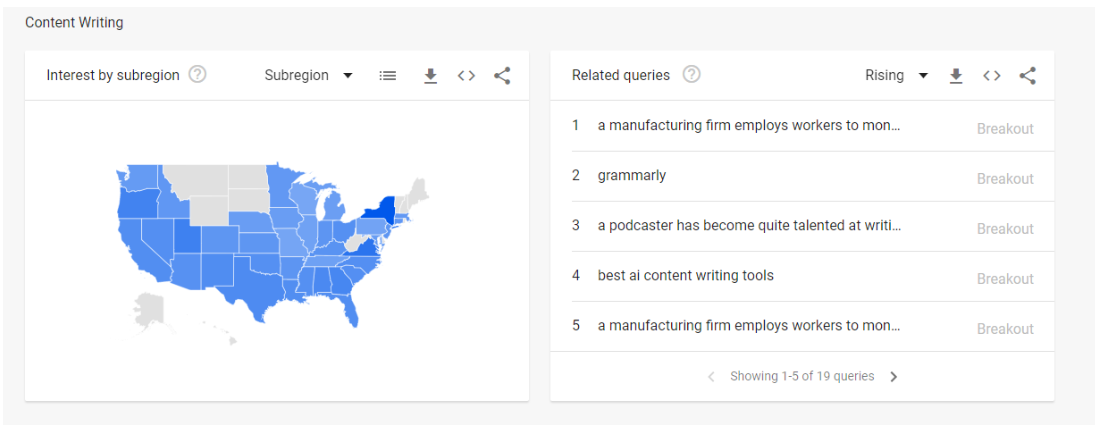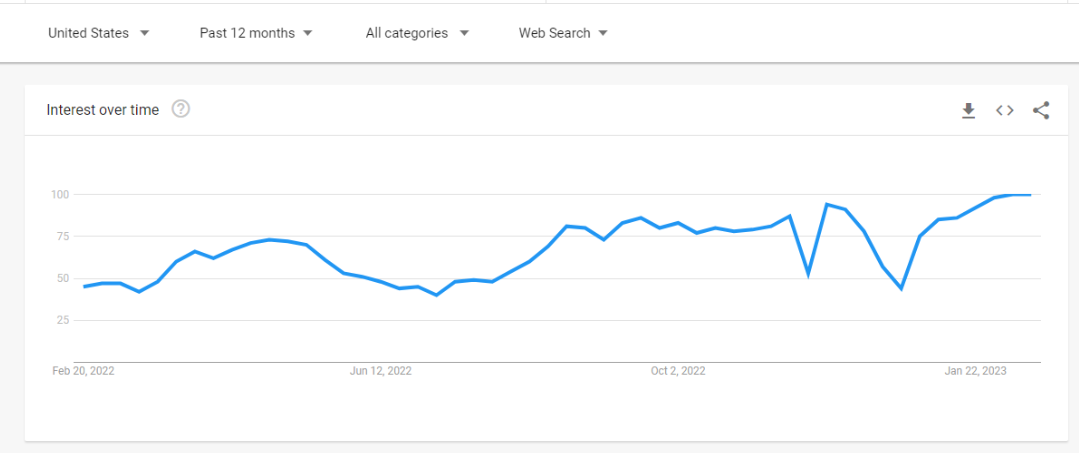Snapps courses are now available
Welcome to the dynamic world of content marketing! As a content marketer, you have likely experienced the ebb and flow of creativity. Some days, the ideas are flowing like a river, while on other days, you may find yourself staring at a blank screen, struggling to generate new concepts. As a content marketer, your responsibility is not only to be imaginative but also to connect and engage with your target audience effectively. In this article, we explore three effective google SEO trends to boost your content marketing.
Are you one of the content marketers who is missing out on the benefits of a documented SEO strategy? According to a recent survey by Semrush, less than half of content marketers worldwide have a written plan for search engine optimization. But here's the thing: a whopping 97% of those surveyed had content marketing as part of their overall strategy!
So, what's the problem? Well, it turns out that many marketers struggle with (1) attracting traffic, (2) improving their website's SEO performance, and (3) coming up with fresh content ideas that actually resonate with their target audience.
If this sounds like you, don't worry - you're not alone 🙂.
Let's work together to overcome these challenges and create a winning strategy that will drive more traffic and boost your online visibility.
While Semrush is a paid tool, Google Trends provides powerful trend insights for free. Using Google Trends, you can deliver freshly brewed content on a regular basis. Google Trends can help you in a variety of ways:
Suggests topics and shows trending searches using Google Trends
Guides content timing using Google Trend pattern data
Provides keywords and content guidance for optimizing content
Selecting Engagement Worthy Content
Every day, people are asking questions, and answering their queries can help your pages rank higher. One effective strategy for generating ideas to improve your website or blog's ranking is conducting keyword research using Google Trends.
By exploring the most commonly searched phrases, you can gain valuable insights into what your readers are curious about and what they want to know. With this information, you can create content that meets their needs and drives more traffic to your site.
When planning your content, it's a smart move to compare and contrast different keywords. This allows you to gauge which terms are currently popular and determine how much traffic you could potentially attract by addressing those topics.

For example, if you compare the keywords "content writing" and
"article writing", you might discover that "content writing" is a more popular term. This suggests that people are more interested in learning about content writing than article writing, making it a better topic to focus on. By producing content that addresses popular keywords like "content writing", you can increase your chances of attracting more traffic to your website or blog.

Google Trends provide excellent and well-crafted data regarding which keyword is popular in which region. Content writing is popular compared to article writing in New York. These insights can help the marketers in defining the budgets, and marketing strategy for each state. The online application allows you to select the region, a custom time range, and category. Google Trends allows up to three comparisons at once, pretty good right!
To generate ideas for your content, a useful technique is to conduct a search for "Related Topics and Queries." This will provide you with suggestions for keywords associated with your topic, such as content writing and article writing.
For optimal results, it's recommended to target
long-tail keywords, as they are easier to rank for and can drive significant traffic to your website. To find these long-tail keywords, a recommended tool to use is Google Trends. By leveraging these strategies, you can improve your content planning and attract more visitors to your site.

Users can toggle between ‘Rising’ and ‘Top Queries’ which can find the key terms which the users are searching for. Marketers can locate the rising trends and capitalize on them especially for the B2C audiences. Google trends further enables you to categorize the search results geographically.
Using Data to Target Audience at the Right Time
Effective content marketers target audiences at the right time. Google Trends identifies long/short-term keyword trends to aid in timing.
Google has data dating back to 2004 and trends can be measured over a year, a month or even hours. Short term trend insights are more useful if you are dealing with viral news or fast moving content.
For instance, Canva is one of the most widely used graphic design tools on the internet. Here the popularity of the platform over two decades can be tracked.

This screenshot provides a popularity trend for Canva starting all the way in 2004 till date. It can be seen that the platform has grown immensely in popularity from 2015.

This screenshot provides details about the popularity of Canva for the last 12 months. The ups and down are clearly visible in the trend chart. Such breakdowns and spreads are particularly useful while dealing with the B2C market.
Monitoring trends is essential for an effective content strategy. By observing when particular keywords peak in popularity, you can pre-plan content accordingly and capitalize on the increased search traffic.
Optimizing Content using Right Channels
Content marketers must understand the preferences of their audience to produce content that resonates with them. Google Trends offers various search options, such as image, news, shopping, and YouTube, which can help identify the type of content that best suits a particular keyword.
For instance, if video content generates a more favorable response for a particular keyword, it's best to focus on that medium. Additionally, in today's digital landscape, it's crucial to explore various formats, such as short-form video content, blogs, and more, to reach a broader audience and keep up with evolving trends.
Sometimes the content strategy might need to be updated. If there is existing content in the form of blogs or listicles, it might need to be repurposed. Using Google Trends, your company’s content can be monitored and if a sudden dip occurs, the content needs to be updated.
Research Google Trends for Content Topics with Reach
In today's digital landscape, content marketing plays a crucial role in helping businesses connect with their target audience and drive traffic to their websites. To develop an effective content strategy, content marketers must monitor trends and use tools like Google Trends to identify popular keywords and topics.
By staying on top of trends and constantly refining their content strategy, businesses can produce high-quality content that engages their audience, drives traffic to their websites, and ultimately helps them achieve their marketing goals.
Recent Articles



Ready? Try it for Free
Sign up now and build your pages the way you envisioned. No credit cards required.
Our Support Heroes Are Here For You
Don’t waste time on tedious manual tasks. Let Automation do it for you. Simplify workflows, reduce errors, and save time for solving more important problems.
